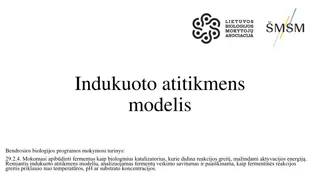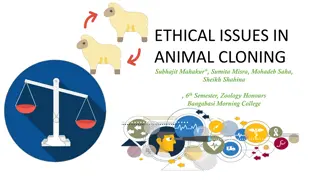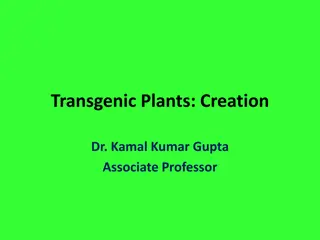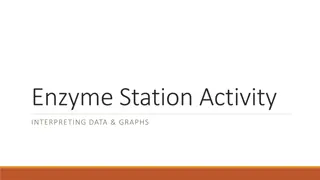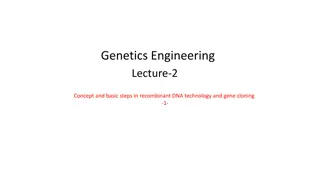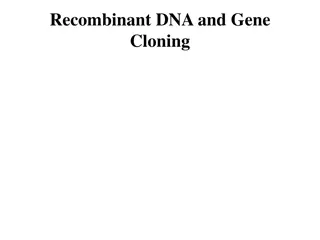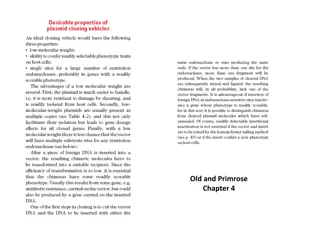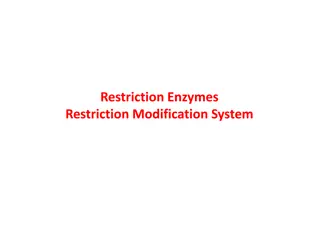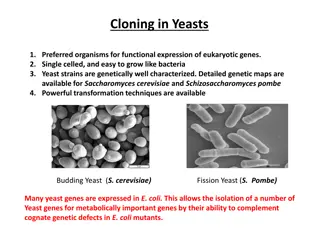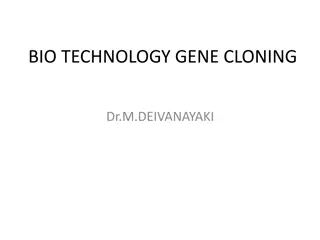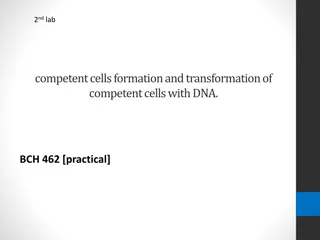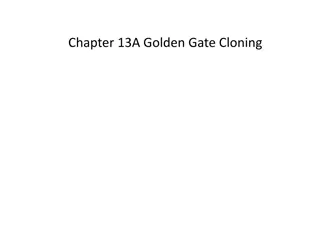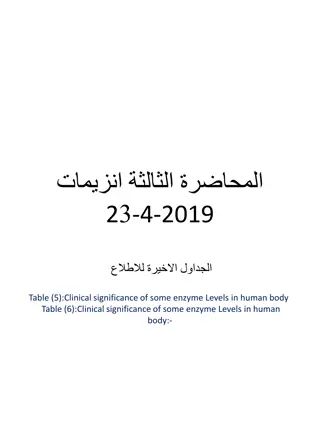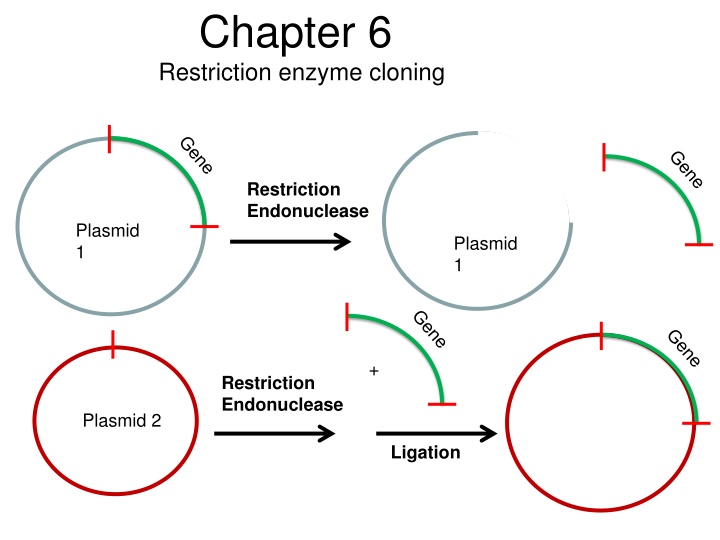
Overview of Restriction Enzyme Cloning in Plasmid Vector
This content provides a detailed explanation of the restriction enzyme cloning process in plasmid vectors. It covers topics such as using restriction endonucleases, ligation, blue-white selection, DNA recombination, ligase function, common misconceptions about ligase, and the adenylation of DNA ligase.
Download Presentation

Please find below an Image/Link to download the presentation.
The content on the website is provided AS IS for your information and personal use only. It may not be sold, licensed, or shared on other websites without obtaining consent from the author. If you encounter any issues during the download, it is possible that the publisher has removed the file from their server.
You are allowed to download the files provided on this website for personal or commercial use, subject to the condition that they are used lawfully. All files are the property of their respective owners.
The content on the website is provided AS IS for your information and personal use only. It may not be sold, licensed, or shared on other websites without obtaining consent from the author.
E N D
Presentation Transcript
Chapter 6 Restriction enzyme cloning Restriction Endonuclease Plasmid 1 Plasmid 1 + Restriction Endonuclease Plasmid 2 Ligation
A plasmid used for blue-white selection Full size 2961 bp 2
Cloning in plasmid vector DNA fragments or genes of interest Plasmid Chromosomal DNA Endonuclease Endonuclease DNA Recombination Ligase joins single fragments with compatible overhangs Into individual plasmids Transformation Each cell contains only one type of plasmid Bacterial Cells Transformed bacteria with recombinant plasmids 3 Animation modified from Juang RH (2004) http://juang.bst.ntu.edu.tw/BCbasics/Animation.htm
Cloning! Cells are diluted so individual cells are isolated on solid media 1 Spread Plating Plasmid Replicates Independently in bacteria X100 X100,000 Pick the colony containing genes or DNA of interest 4 Animation modified from Juang RH (2004) http://juang.bst.ntu.edu.tw/BCbasics/Animation.htm
Ligases, catalyze the joining of a 3 hydroxyl of one nucleotide with the 5 phosphate of another nucleotide resulting in covalent phosphodiester bond join discontinuities (nicks) in single strands join ends of two molecules 5
Common misconception: Many people believe that ligase physically joins the two strands together. This is wrong! Ligase adds AMP to the 5 phosphate, thereby activating it. Upon contact, the ends join spontaneously and in the absence of ligase. 6
1. Adenylation of DNA ligase A lysine in the ligase forms a bond with Adenosine triphosphate (ATP), and then ATP releases two phosphate groups to become an AMP-ligase complex (Kahn, 2003). 7
2. Activation of 5 phosphate The monophosphate of the AMP-ligase complex forms a bond with the 5 phosphate of the broken strand. This bonding activates the 5 phosphate group and releases ligase 8
3. Attack of 3 OH on 5 P connects the broken strand and releases AMP Now that the 5 phosphate has been activated by the AMP-ligase complex, the 3 hydroxyl group attacks the 5 phosphate and forms a new bond, releasing the AMP. 9
Sticky or Cohesive end ligation - connect two cohesive ends together two ends together, increasing the chances of ligation - The hydrogen bonds between the complementary bases hold the - base-pairing lasts longer at lower temp/ longer overlap/ high GC content of overlaps higher rate of ligation in a population of ends hydrogen bonds AMP activated phosphate (by ligase) results in covalent phosphodiester bonds in backbone Figure from http://www.addgene.org/plasmid- protocols/dna-ligation/ 10
Fragments generated by cutting with two enzymes can be ligated into a plasmid that also has been cut with the same enzymes Many plasmids have multi-cloning sites (MCS) with recognition sequences for commonly used restriction endonucleases, to be used for this purpose. Advantages: allows fragment to be ligated in one direction only prevents self-ligation of vector (since sticky ends of vector are incompatible) 11

